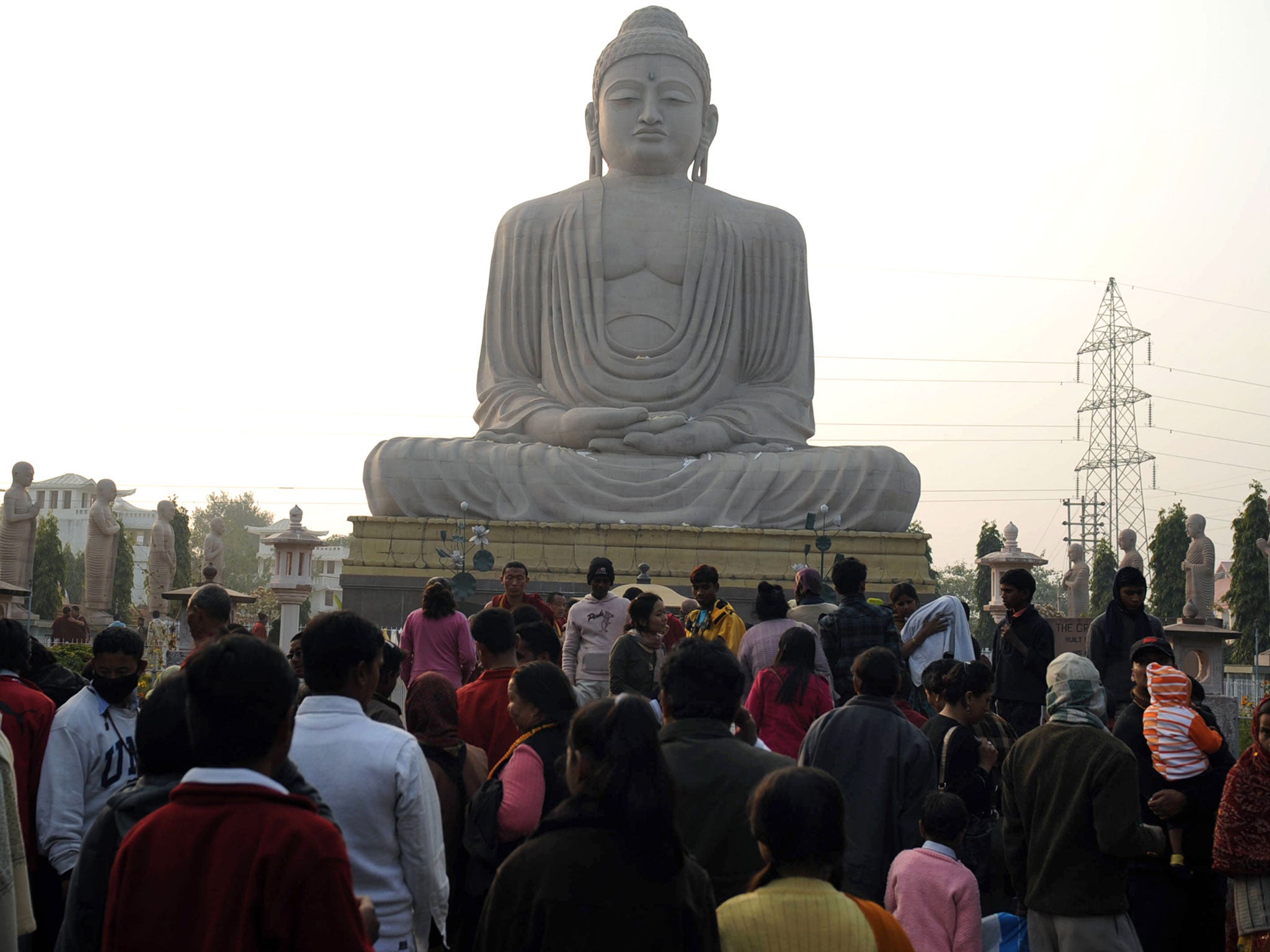Incarnations by Sunil Khilnani, book review: The history of a subcontinent in 50 people
Sunil Khilnani deftly tells India's story via key figures, albeit with a few omissions

First, in the summer of 2015, came the multi-part series on Radio 4. Professor Sunil Khilnani, director of the India Institute at King's College, mellifluously recounted the long, labyrinthine, layered history of India through the lives of 50 significant heroes and antiheroes.
Now comes the big, fat book. So is this simply cashing in on the idea behind the blockbuster A History of the World in 100 Objects by Neil MacGregor? Can anyone ever match the erudition and verve of the erstwhile director of the British Museum? Yes and yes. And though this may be heretical, at times Khilnani may even have surpassed him, because people are more complicated and contrary than objects. They talk back. Khilnani also defies historical conventions: "India's history is a curiously un-peopled place. As usually told it has dynasties, epochs, religions and castes – but not that many individuals."
This is a high-risk approach. List-books can often be like easy listening compilations. Not this one. Like MacGregor's tome, it is scholarly and accessible, lively and deeply serious. I confess I recognised only about 20 of the names and what I thought I knew was wrong or incomplete.
Take Buddha (5th Century BCE), the world's favourite guru. His top-knot, lotus position, riches-to-rags story is familiar to millions. But in this book you learn that in India, the quiet sage is a symbol of resistance, a religious revolutionary. Universalist Buddhism poses a serious challenge to Hinduism's iniquitous caste system. In 1956, Dr Bhimrao Ramji Ambedkar, an "untouchable" and one of the architects of the Indian constitution, delivered a message on a stage: "I renounce the Hindu religion which has... considered humans unequal and inferior... From this time forward I vow that I will behave according to Buddhist teachings." Since then, millions of low-caste Indians have converted to the faith.
This very first example sets the tone. Khilnani is not writing a pleasing or patriotic tome. He subtly critiques past and present nationalisms and religious fanaticisms, inwardness and extrovertism, cultural fortification and permeability, injustice and inequality.
Included in this collection is Malik Ambar, an Abbysinian slave brought to India by merchants, as were others from Africa. He became a Muslim and a warrior king in the Deccan who fought Moghul expansionists. Yet he remains unknown, a neglect "rooted in racial prejudice that shows little sign of abating".
The author gets under the skins of the stories, gets us to follow the threads of history, to ask questions. Did the Moghul king Aurangzeb, an Islamicist hard man, leave a legacy of religious hatreds that still blights India? For liberal Muslims, his dreamy, poetic, tolerant brother Dara Shikoh remains a hero, the lost king. But would Dara have been able to keep control of the vast and disputatious country?
The book covers 2,500 years. British colonialism in this parade is but a sneeze, an important rebuff to those who, even now, think there was no history or governance before the Raj and only chaos after.
One riposte to this absurd colonial vanity is Kautilya (1st Century CE), author of the two-millennia old Arthashastra, a "massive, detailed treatise on statecraft and the art of government", on pacification, manipulation, interrogation and watchfulness. Machiavelli was, it turns out, a Johnny-come-lately.
Through the many centuries, artists and thinkers – poet Kabir (1440-1518), songstress Mirabai (1498-1557), movie star Raj Kapoor (1924-1988) and many more – rejected orthodoxies and chose to free their minds and hearts. Khilnani, as the following quote illustrates, writes compellingly about them, his kindred spirits: "Kapoor considered eroticism central to the Indian tradition... This put him at odds with industry mores, which held that slapping women was fine but caressing them was an outrage."
The penultimate story is of MF Husain (1917-2011), a liberal Muslim, India's greatest painter, and seriously threatened by Hindu fanatics who thought he had no right to paint their deities. Husain went into exile and died in London. Khilnani bravely names and shames this obscurantism: "Today, India's writers and intellectuals are being murdered for their beliefs."
The only quarrel I have with this book is the selection of characters. As ever, there are too few women. Writer and indomitable activist Arundhati Roy (who faces imprisonment), Vandana Shiva, the internationally respected environmentalist and global businesswoman Vinita Bali should have been included. That said, the book is revelatory, bold and contemplative.
Allen Lane, £30. Order at £25 inc. p&p from the Independent Bookshop
Join our commenting forum
Join thought-provoking conversations, follow other Independent readers and see their replies
Comments
Bookmark popover
Removed from bookmarks